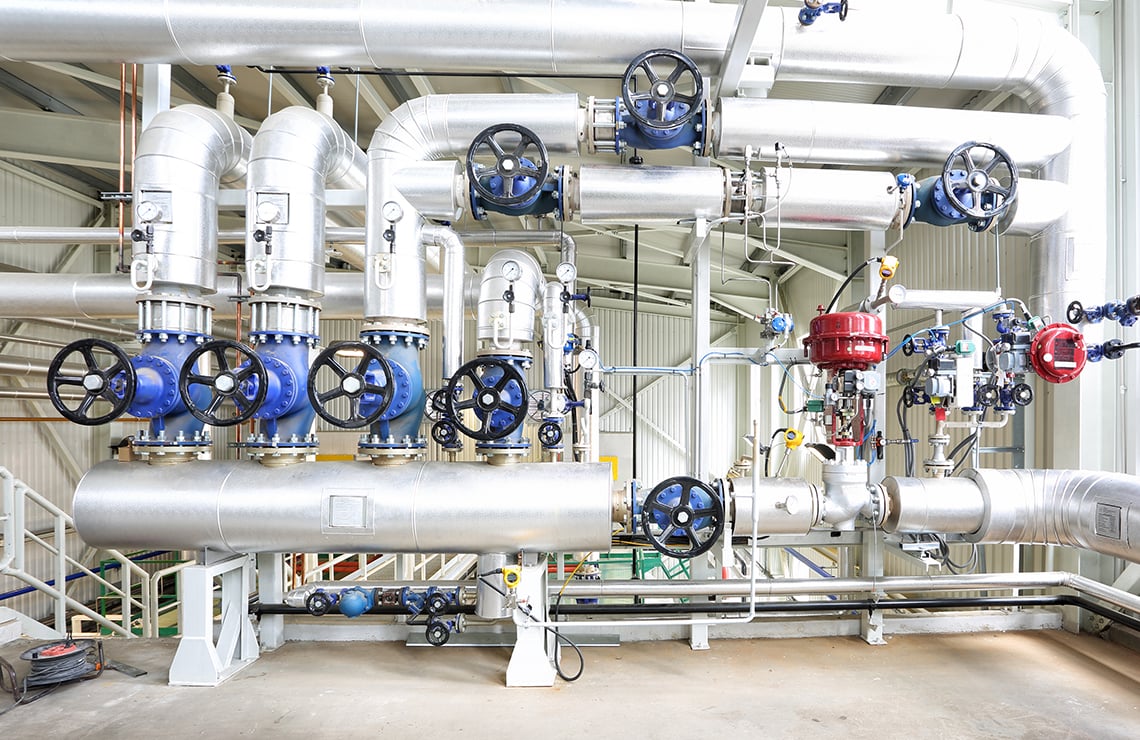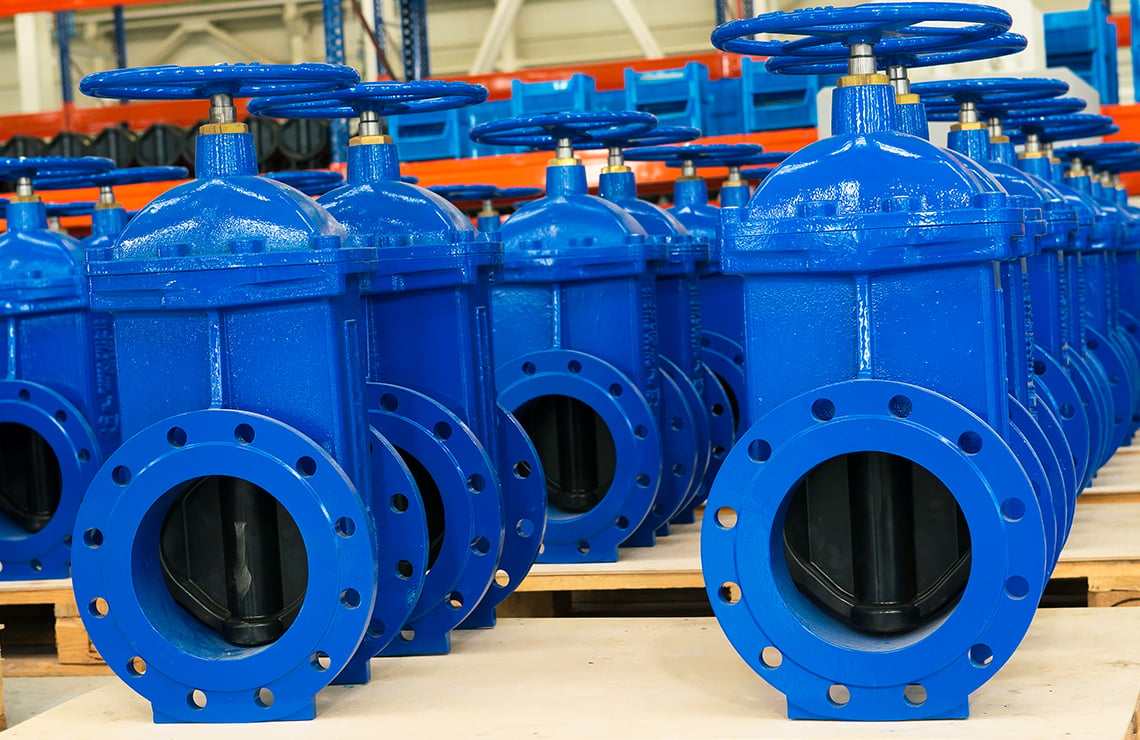
At Proconex, we help manufacturers across industries maintain efficient, safe, and compliant control valve systems. In this guide, we walk through the most common issues with industrial process control valves and how to identify and fix them using proven methods, experienced insight, and reliable tools.
What Are Process Control Valves?
A process control valve is a device that regulates the flow of fluids, gases, or slurries by adjusting the passage size based on signals from a controller. These valves are essential in process industries where maintaining precise flow, pressure, or temperature is critical to quality and safety.
Common Issues With Process Control Valves
Let’s explore the most frequently encountered problems in the field and what they typically indicate.
1. Valve Leakage
One of the most reported issues is leakage through or around the valve. This can occur when the valve plug or seat is worn out, debris is caught between sealing surfaces, or improper valve closure is caused by actuator misalignment.
Troubleshooting tip: Inspect the valve seat and plug. Re-lap the seat if minor damage is found; replace parts when wear is extensive.
2. Sticking or Sluggish Movement
When a control valve doesn’t respond quickly to control signals, it could be due to dirt buildup or corrosion on internal components, worn stem packing or excessive friction, or inconsistent air supply pressure.
Troubleshooting tip: Lubricate the stem, inspect actuator diaphragms or pistons, and ensure the air supply system is clean and dry.
3. Hunting or Oscillation
Hunting occurs when a valve opens and closes rapidly in small increments. This often results from poor controller tuning, an oversized valve for the application, or inaccurate position feedback.
Troubleshooting tip: Re-tune the control loop using PID parameters; consider installing a more appropriately sized valve.
4. Actuator Failure
Actuators may fail due to air supply issues, broken springs, or diaphragm or piston damage.
Troubleshooting tip: Test actuator movement independently of the valve. If it’s sluggish or non-responsive, repair or replace it.
5. Positioner Malfunction
Positioners ensure the valve reaches the desired position. Problems here may include calibration drift, faulty I/P converters, or plugged pneumatic lines.
Troubleshooting tip: Use a handheld communicator or diagnostic tool to recalibrate. Clean or replace damaged components.

Diagnosing Root Causes: Step-by-Step Process
Troubleshooting process and control valves goes beyond symptom recognition. A systematic diagnostic approach ensures accurate root cause identification.
- Visual Inspection: Start with a complete visual check. Look for leaks, loose fittings, corrosion, or mechanical wear.
- Operational Testing: Stroke the valve manually using the positioner or actuator controls. Observe whether movement is smooth, jerky, or delayed.
- Control Signal Analysis: Verify that the valve receives the correct signal from the PLC or DCS system.
- Air Supply Audit: Confirm consistent air pressure without contamination. A small dip in PSI can lead to erratic valve behavior.
- Diagnostic Tools: Use smart positioners or valve diagnostic systems to get real-time data on performance trends.
Avoiding process control valve issues starts with a solid preventative maintenance plan.
- Routine Calibration: Calibrate valve positioners and actuators at least annually
- Lubrication: Regularly lubricate stems and seals, especially in high-cycle environments
- Air Quality Monitoring: Use air dryers and filters to ensure clean instrument air
- Component Inspection: Replace gaskets, seals, and worn components before failure occurs
- System Integration Checks: Review how the valve integrates with sensors, controllers, and networks to catch inconsistencies early
Proconex offers predictive maintenance solutions that help you keep your system running with confidence. Learn more about our Control Valves and Accessories.

Choose the Right Valve for the Application
Selecting the wrong type or size of control valve is a root cause behind many operational failures. Ensure you’ve considered:
- Media type: Gases, steam, slurry, or corrosive liquids require different materials and designs
- Flow rate requirements: Oversized valves create oscillation, while undersized ones can restrict throughput
- Operating pressure and temperature: Ensure compatibility with your process conditions
When to Repair, Rebuild, or Replace
Not all control valve problems require full replacement. Here’s how to decide:
- Repair: Minor seat damage, loose hardware, or air leaks
- Rebuild: Consistent sticking, actuator issues, or internal erosion
- Replace: Severe body corrosion, outdated technology, or incompatibility with updated process controls
Proconex provides expert evaluation services to determine the most cost-effective option for your application.
The Role of Smart Technology in Valve Diagnostics
- Detect early signs of failure before a shutdown occurs
- Monitor actuator pressure, valve stroke time, and hysteresis
- Generate maintenance schedules based on actual usage data=
Why Proconex for Your Control Valves?
We combine field experience with advanced technology to help clients troubleshoot valve issues, optimize performance, and extend equipment life. Whether you need replacement parts, remote diagnostics, or a full rebuild, our team has the tools and insight to deliver results.
Discover the power of proactive valve maintenance Explore Our Control Valves and our Valve and Equipment Services
